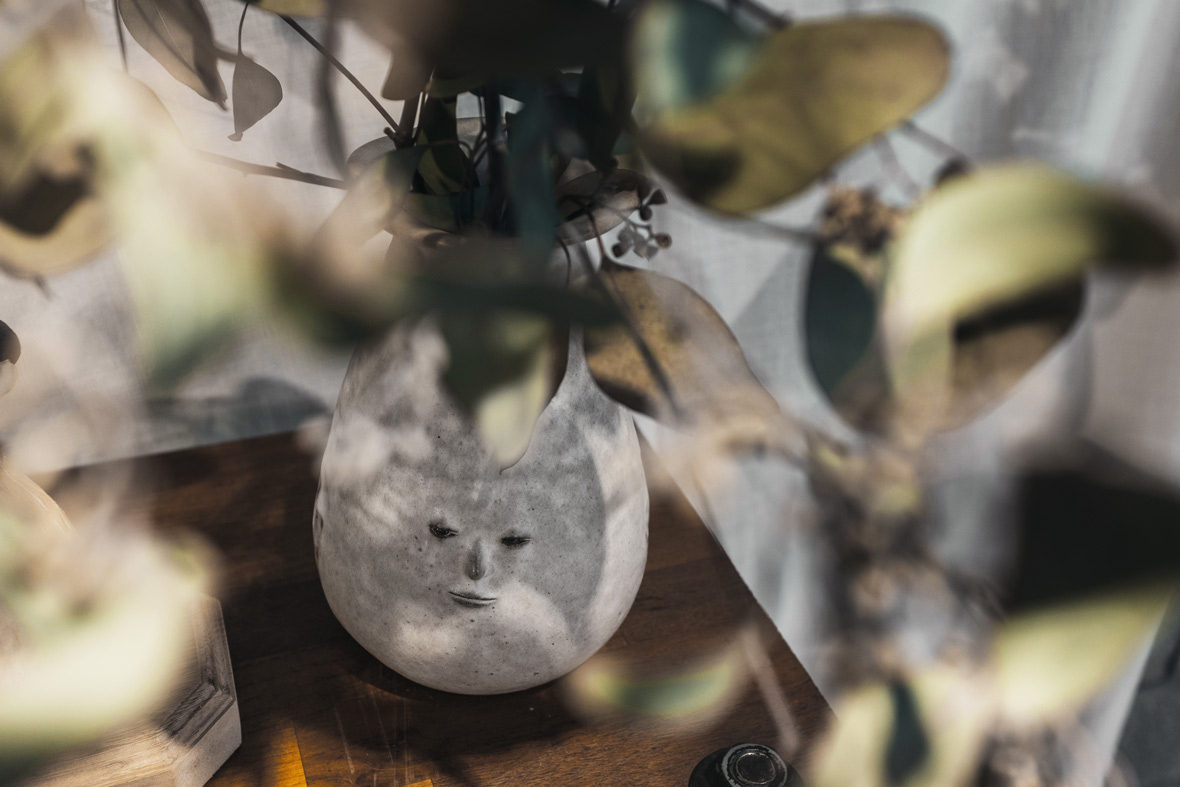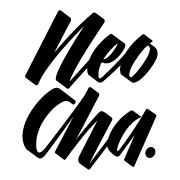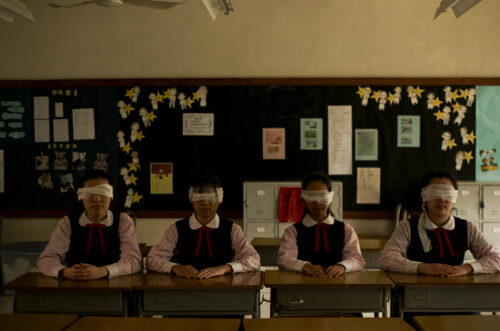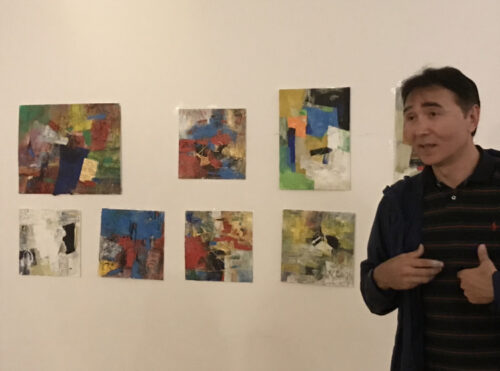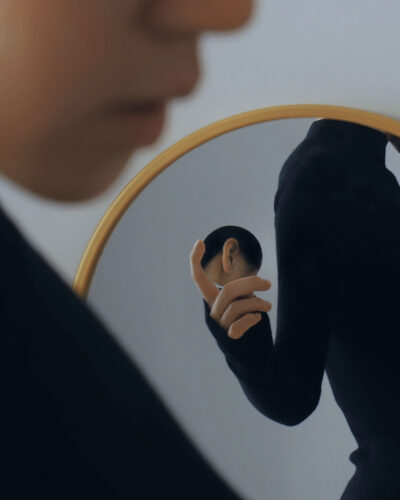This article was originally published on Neocha and is republished with permission.
Taiwanese artist Fán Yàntíng 樊彦廷 creates ceramic art that feels human. His pottery wares — etched with faces and given endearing backstories — are as expressive as they are functional. Though the stories are often just composed of single lines of text, they conjure vivid imagery of relatable people: the face on a flower vase belongs to a stern but kind-hearted school principal, a trio of coffee mugs represent three quarrelsome brothers, while a hungry daydreamer is perched at the edge of a dessert tray.

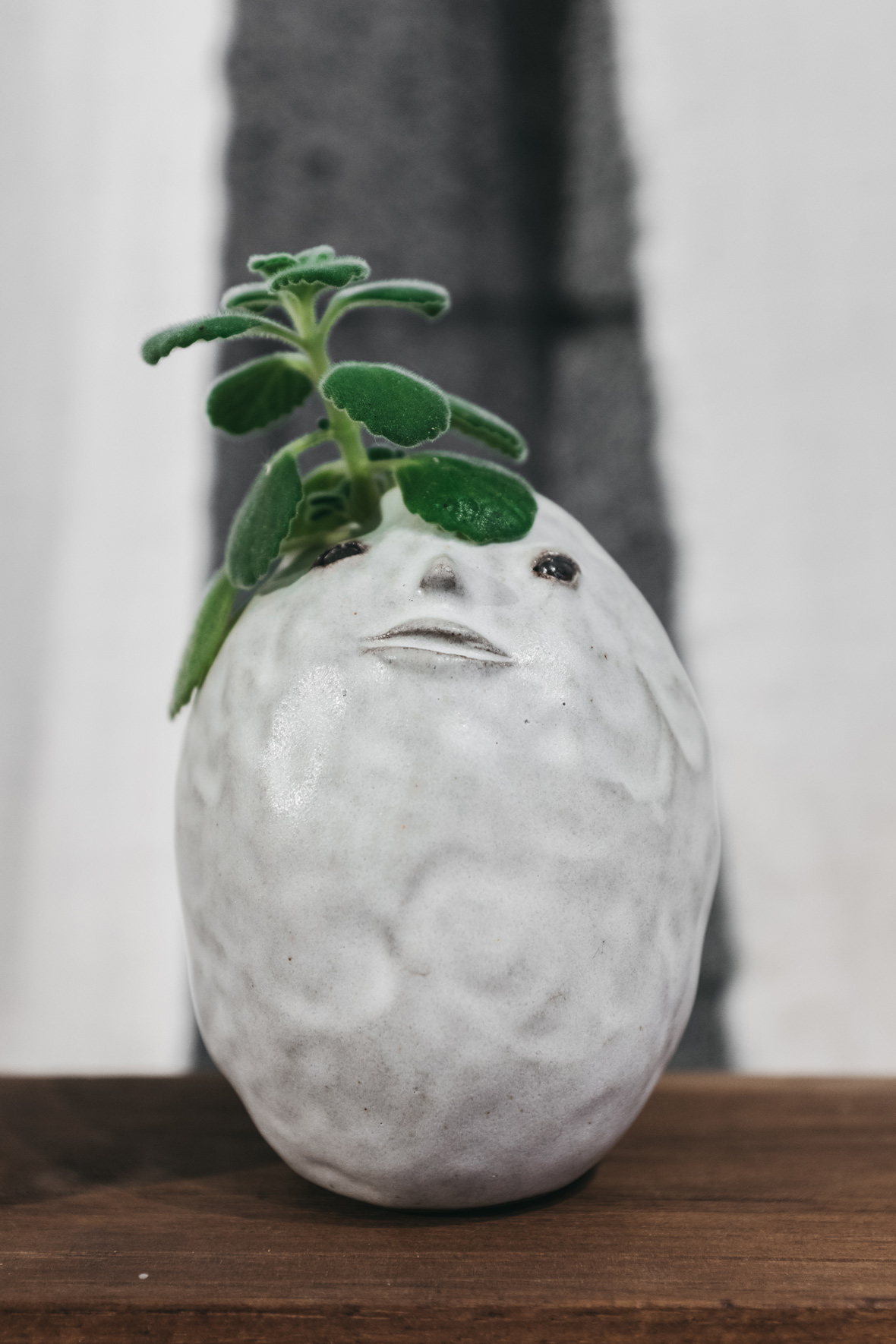
Faces have long fascinated Fan. Sometimes a stranger may look inexplicably familiar, in a way that makes others feel at ease. It’s not always rational or grounded in reality. “When people see different faces, they project their own ideas onto them,” he says. “Maybe a face will remind someone of an old friend, a family member, or the coffee shop owner down the street. By leading viewers to experience everyday items that have different faces, I hope to explore this phenomenon in my work.”

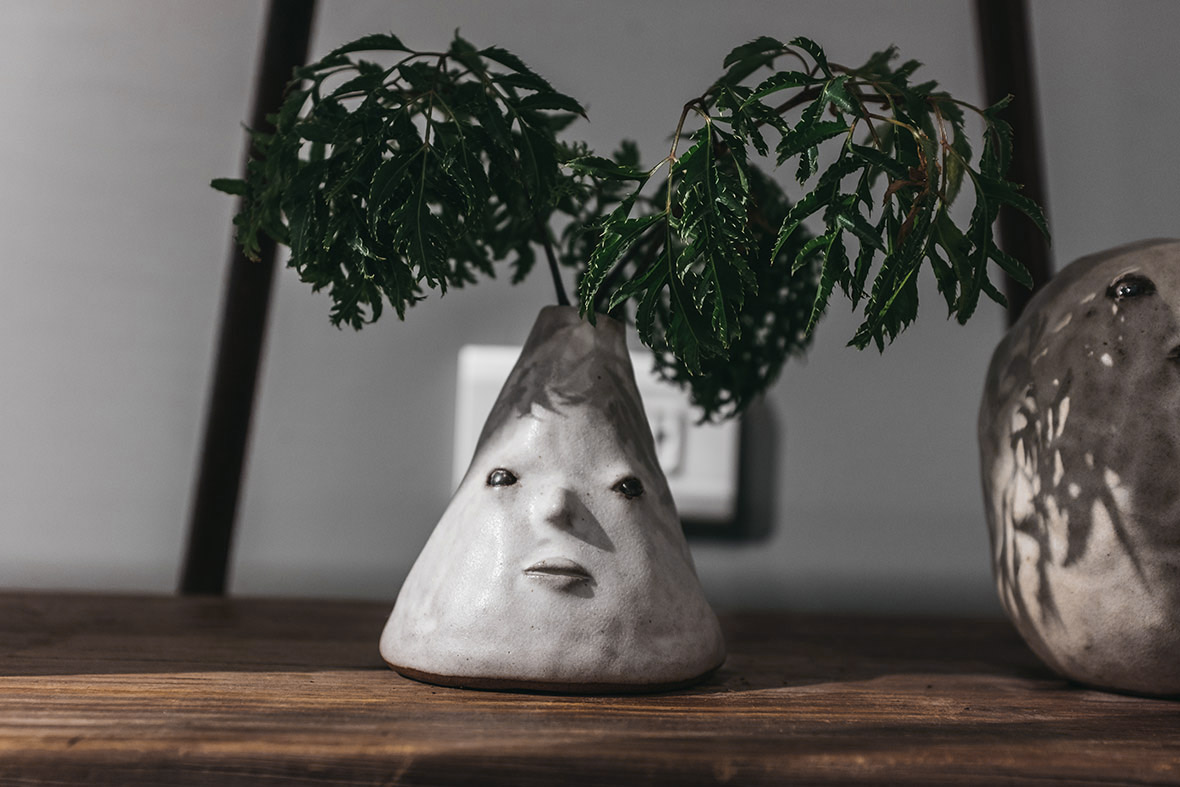

Fan has never received any formal art training. In fact, he’s only worked with ceramics for a year. But this inexperience has proven to be a virtue—through an approach that’s more intuitive than technical, he creates work that trades the over-polished presentation of fine art for something free and unassuming. “I empty my mind when I’m sculpting the human faces,” he says. “I might plan the pottery shape and maybe where I’d like to position the face, but I don’t start with specific character designs in mind.”
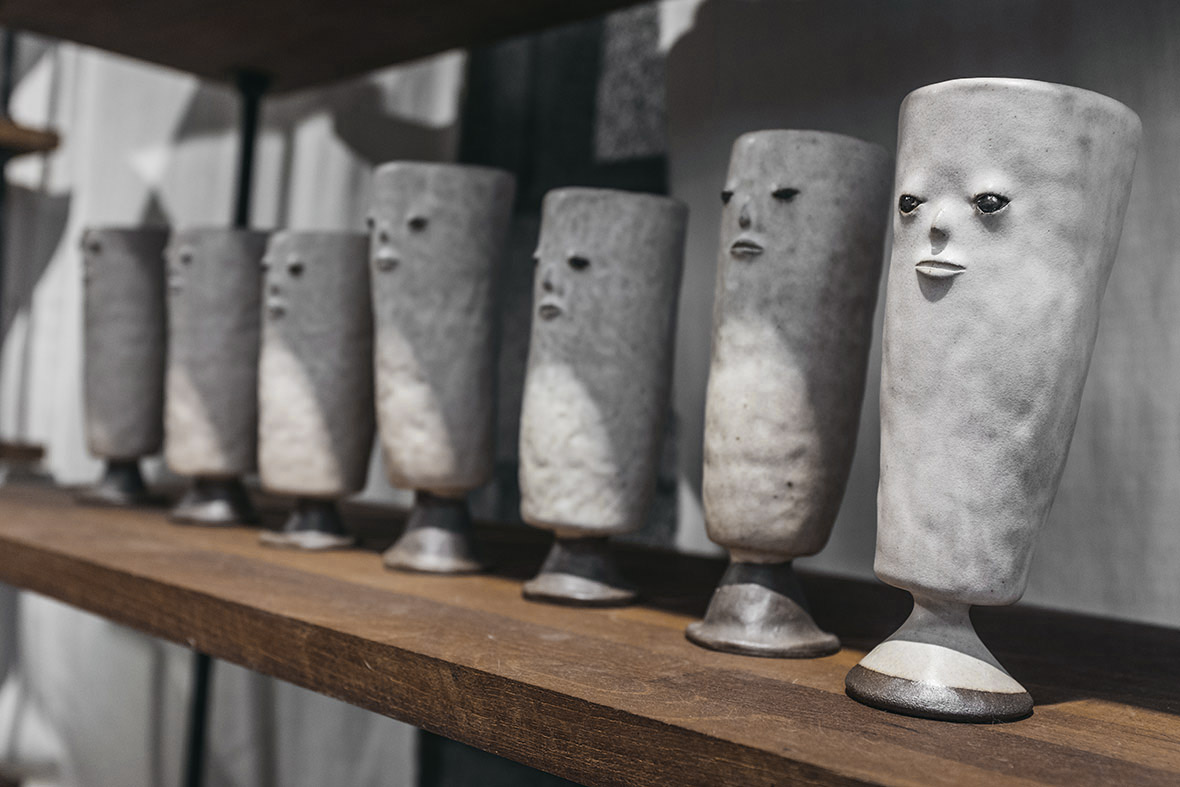
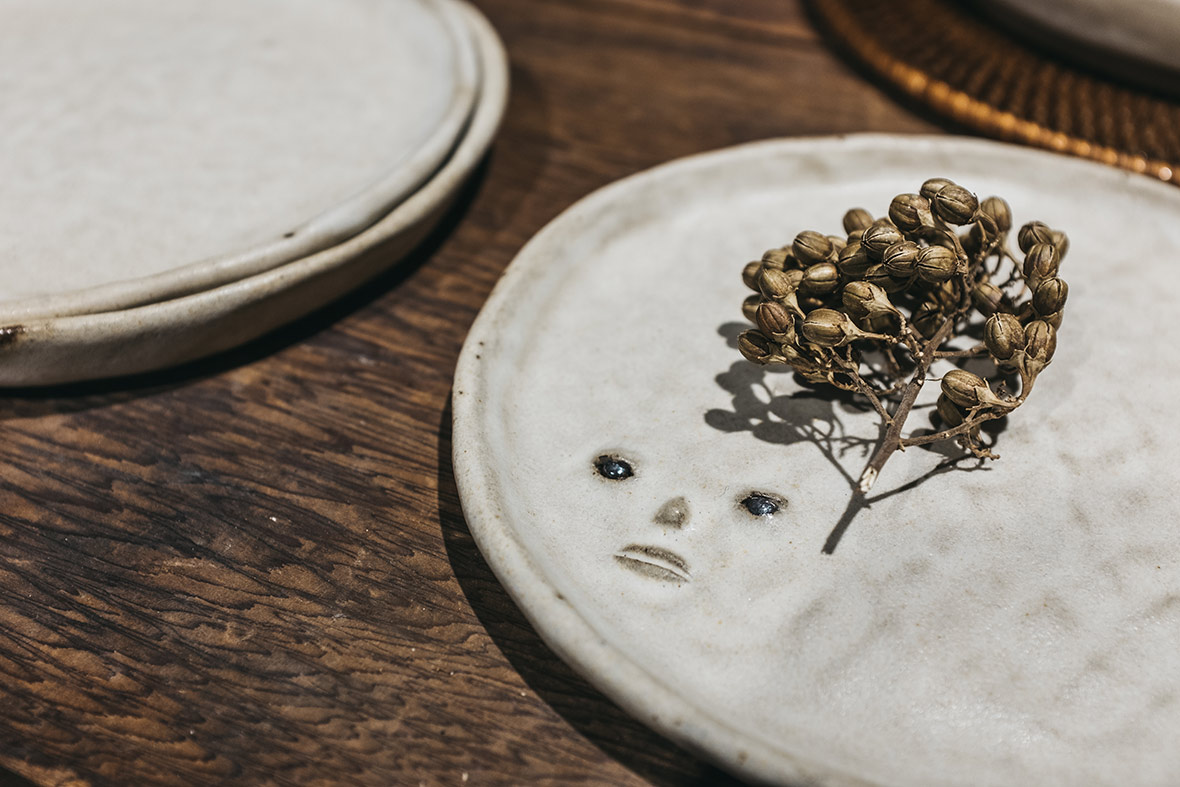
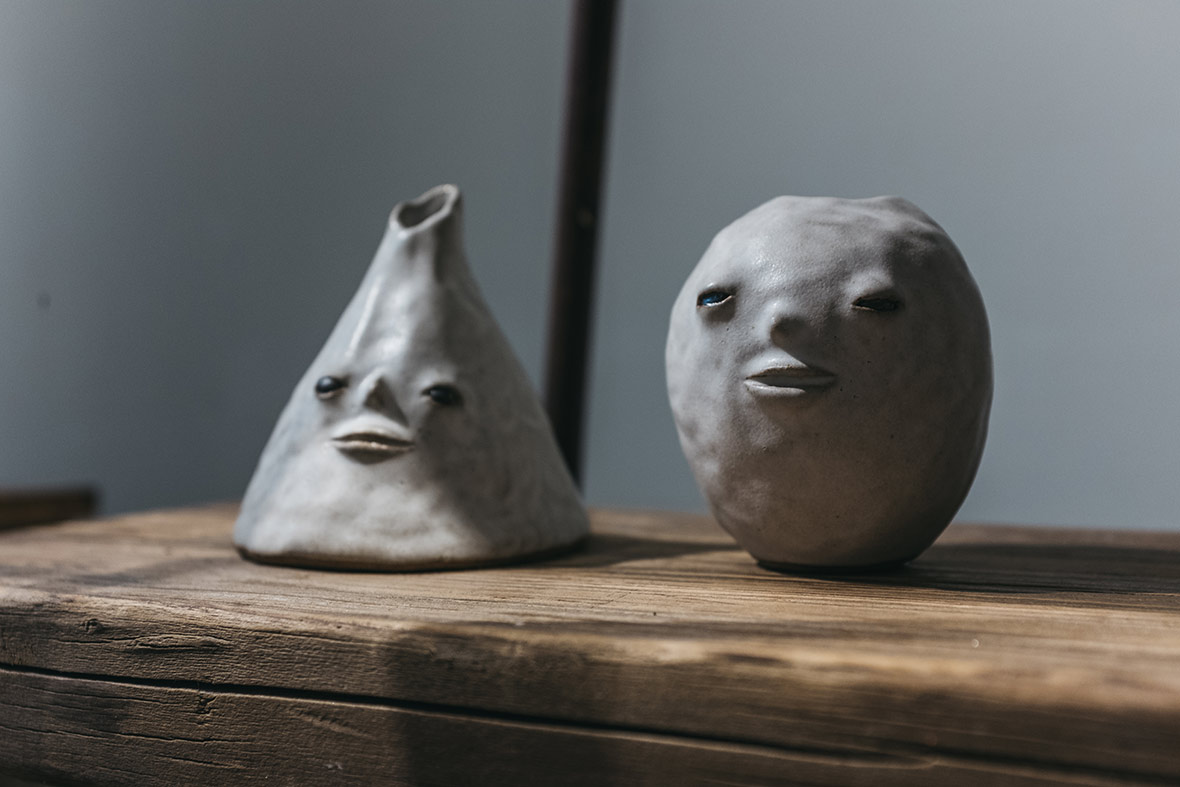

A lack of a background in art has also given Fan a unique perspective on the relationship between artist and medium. He doesn’t just see the clay he works with as inanimate material, but instead recognizes it as a collaborator. To him, each new work is the beginning of a new relationship; as he and the clay familiarize themselves with one another, the relationship will grow and net surprising creative results.

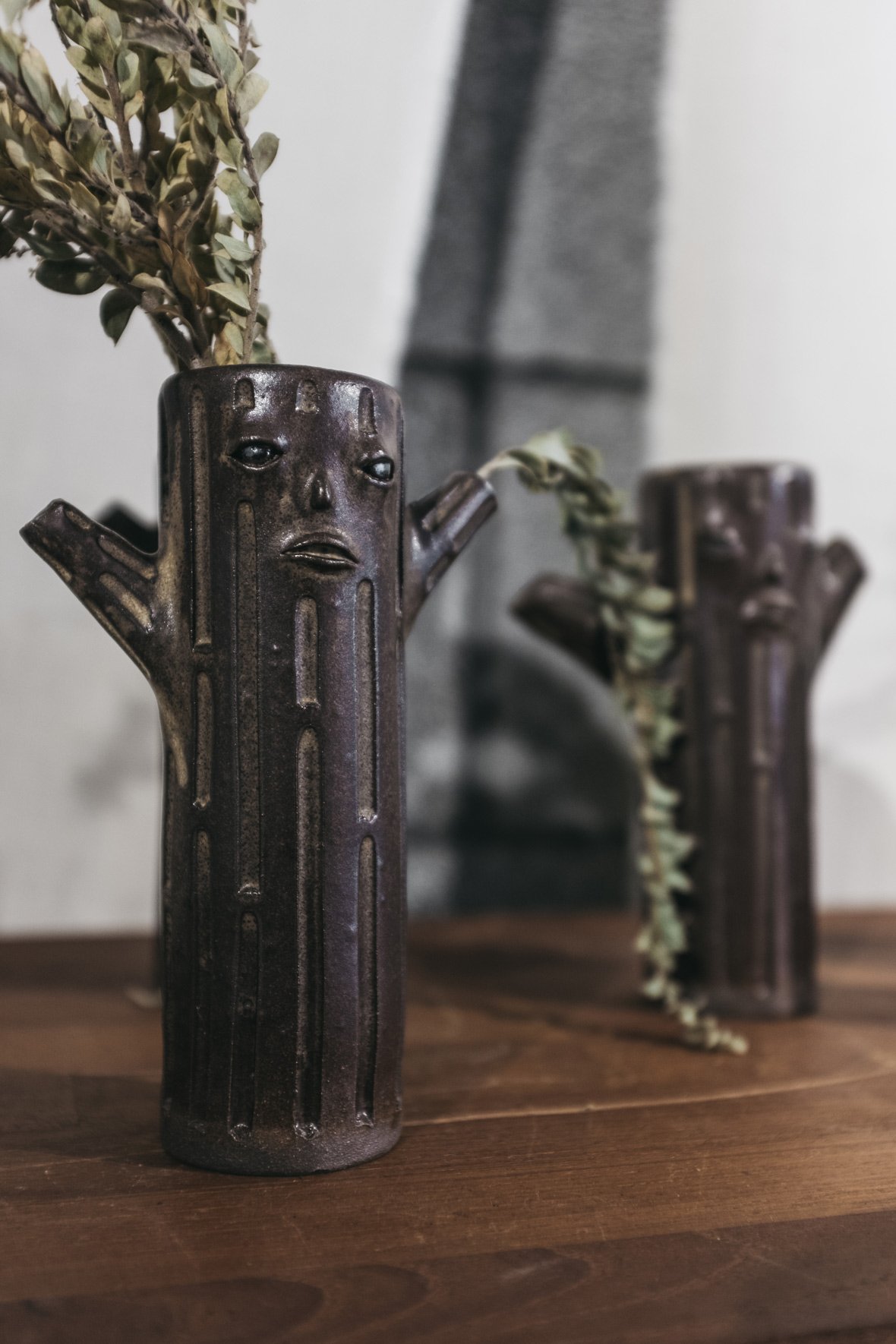
Though more modern techniques exist, Fan insists on hand sculpting, a technique that relies only on the artist’s two hands. It’s a process that often yields uneven edges and dimpled textures. But these imperfections, left as they are, lend his art an extra human touch—much like people, the imperfections are part of what makes them so unique.
Like this story? Follow neocha on Facebook and Instagram.
Instagram: @oldfan_pottery
Facebook: ~/做陶的老樊
Contributor & Photographer: David Yen
Chinese Translation: Olivia Li
